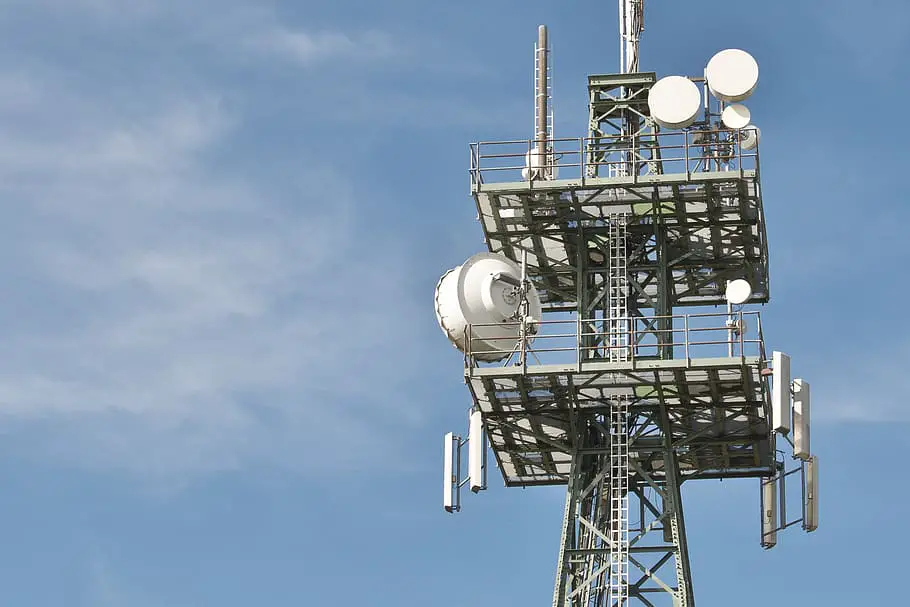The Signaling System No. 7 (SS7) is a telecommunications protocol that provides the backbone for communication between different networks. It plays a crucial role in the global telecommunications infrastructure and is used by network operators worldwide to deliver voice, data, and multimedia services.
In this article, we will explore the SS7 layer in detail, including its structure, functions, and applications.
Structure of the SS7 Layer
The SS7 layer is composed of several sublayers, each responsible for different functions. These sublayers are:
- Message Transfer Part (MTP): This sublayer is responsible for the reliable transmission of messages between network elements. It includes features like error detection, flow control, and sequence numbering.
- Signaling Connection Control Part (SCCP): The SCCP sublayer provides additional functionality to the MTP, such as addressing, message routing, and congestion control.
- Telephone User Part (TUP): The TUP sublayer provides basic call control and signaling functions for circuit-switched networks.
- Integrated Services Digital Network User Part (ISUP): The ISUP sublayer provides call control and signaling functions for ISDN networks.
- Transaction Capabilities Application Part (TCAP): The TCAP sublayer provides support for non-call-related signaling, such as database queries and updates.
Functions of the SS7 Layer
The SS7 layer performs several critical functions in the telecommunications network, including:
- Call setup and teardown: The SS7 layer is responsible for initiating and terminating calls between different network elements. This includes signaling the availability of the called party and negotiating the terms of the call.
- Call routing: The SS7 layer determines the best path for a call to take between different network elements, based on factors like cost, quality, and availability.
- Subscriber authentication and billing: The SS7 layer is used to authenticate subscribers and authorize access to network resources. It also provides billing information to network operators.
- Network management: The SS7 layer is used for monitoring and controlling the network, including diagnosing faults, managing network resources, and optimizing network performance.
Applications of the SS7 Layer
The SS7 layer is used in several applications, including:
- Voice and data services: The SS7 layer is used to set up and tear down voice and data calls between different network elements.
- Messaging: The SS7 layer is used to support SMS and MMS messaging between subscribers on different networks.
- Roaming: The SS7 layer is used to authenticate and authorize subscribers when they travel to different networks.
- Emergency services: The SS7 layer is used to support emergency services, including location tracking, call routing, and priority access.
While the SS7 layer has been widely used in the telecommunications industry for many years, it has also faced some challenges and vulnerabilities. One such vulnerability is its susceptibility to hacking and fraud. Hackers have been able to exploit flaws in the SS7 layer to intercept calls, redirect messages, and steal sensitive information.
To address these vulnerabilities, network operators have implemented various security measures, such as firewalls, encryption, and two-factor authentication. They have also developed new protocols, such as Diameter and SIGTRAN, which are designed to replace the SS7 layer and provide enhanced security and functionality.
Despite these challenges, the SS7 layer remains an essential component of the telecommunications infrastructure. Its widespread use and versatility have made it an integral part of modern communication networks, supporting a broad range of services and applications.
As the telecommunications industry continues to evolve, the SS7 layer will likely continue to play a critical role in facilitating communication between different networks. Its structure, functions, and applications will continue to be essential for delivering reliable and efficient voice, data, and multimedia services. And as security threats evolve, network operators will need to continue to develop new strategies and protocols to keep the SS7 layer secure and effective.
Conclusion
The SS7 layer plays a critical role in the global telecommunications infrastructure, providing reliable and efficient signaling between different networks. Its structure, functions, and applications are essential for the smooth operation of voice, data, and multimedia services. As the telecommunications industry continues to evolve, the SS7 layer will remain a vital component of the network.
